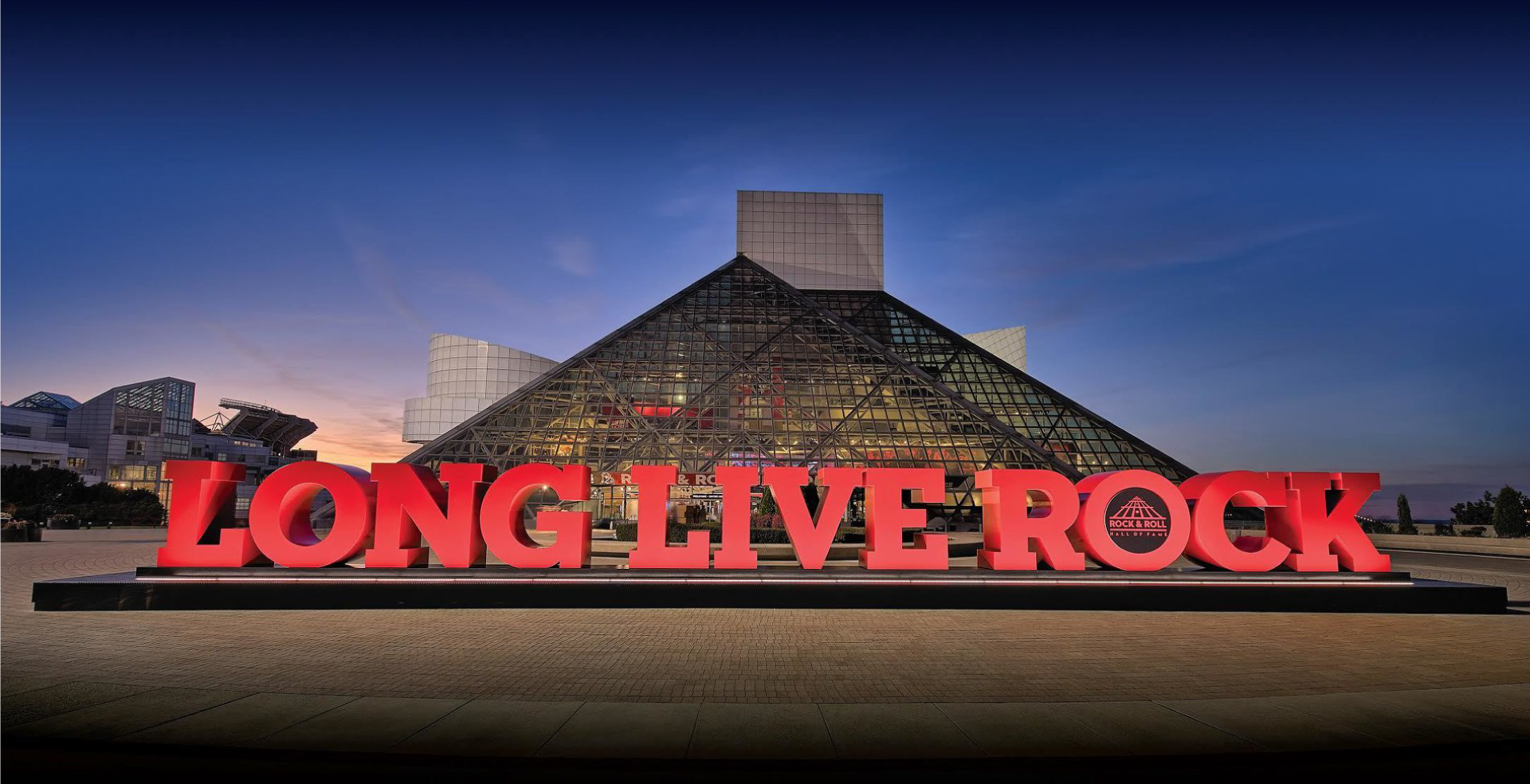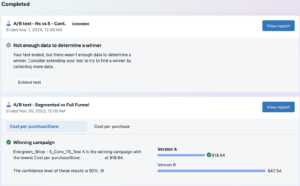
A Testing Mindset: How We Helped The Rock & Roll Hall of Fame Learn and Optimize Shop Campaigns
Services We Provided:
Digital Advertising216%
average overall ROI across Shop campaign structures over 4 months
61%
average merchandise ROI across Shop campaign structures over 4 months
24%
observed change in CPA from first month to final month in experimental campaign structure
The Rock & Roll Hall of Fame (“Rock Hall”) opened in 1995 and is currently host to six floors’ worth of permanent and temporary exhibitions and displays in Cleveland, OH. Rock Hall builds relationships across community organizations in Cleveland, as well as collecting, preserving, and providing access to the most comprehensive repository of materials relating to the history of rock & roll. Their mission is to celebrate the sound of youth culture and honor the artists whose music connects us all.
As an international institution and popular tourist destination, Rock Hall has a particular need to be continually iterating on their digital strategy to maximize both visits and overall revenue (which includes their online store). Rock Hall has been a CI client since 2019, and for this particular case study, we are focused on their online store campaigns from November 2023 through February 2024.
FOLLOWING THE DATA
CI’s museum clients have often run campaigns around online merchandise sales, and we were inspired and delighted to see research from Colleen Dilenschneider at Know Your Own Bone on the important role that museum gift shops can play in the visitor experience. Not to mention, museum gift shops are having a cultural moment thanks to a viral clip of comedian and talk show host Taylor Tomlinson on the Las Culturistas podcast: “I want to remember the time I saw The Scream in person, and was like, ‘Wow, I’m doing something. I’m cultured!’ I want to bring it home with me and put it on my refrigerator.”
The main takeaways? Investing in museum gift shop with digital advertising serves many purposes and can have an outsized impact:
- Builds awareness of some of the most significant pieces in your collection
- Highlights another element of the experience of visiting the museum (for the shopping-inclined!)
- Additional revenue in the form of online sales
- Brand and word-of-mouth impact of people wearing/using merchandise from your institution after purchasing
Per KYOB, people visit the gift shop at exhibit-based, visitor-serving organizations (which includes entities like zoos, aquariums, historic sites, botanic gardens, and science centers in addition to museums) to purchase or search for a souvenir or keepsake, with “purchase a gift” also showing up in two of the top five reasons for visiting. The top two reasons cited as contributing to “retail satisfaction” are “atmosphere” (design elements and aesthetic of the physical space) and “quality/uniqueness of merchandise.”
USING META’S A/B TESTING TOOLS
Our client at Rock Hall comes from an e-commerce background and has a long history of maximizing the use of Meta’s automated targeting (powered by machine learning). When it came to their online shop campaigns, we wanted to specifically understand how results would compare against the more highly segmented targeting that we tend to favor.
SETUP
Two identical campaigns testing just one variable. Version A (S, or “Segmented”) had each bottom-, middle-, and top-of-funnel audience (including Advantage+) in its own segment. Version B (NS, or “Non-Segmented”) had just two targeting segments: one built from Meta’s automated Advantage+ audience and one that contained all bottom- and middle-of-funnel audiences (Emails, Retargeting, Lookalikes, etc.).
RESULTS
In the campaign’s first month, the Segmented (“traditional”) campaign was the clear winner. When the test was extended, however, the results became muddier, and Meta could not determine a winner.

We were able to get more context in looking at month over month, overall campaign results in our more holistic reporting. We learned that the non-segmented campaign (more automated, more reliant on Meta’s machine learning) started to outperform the segmented campaign after about two months running. This indicated to our team that while the machine learning capabilities of the platform are powerful, they take time (rather a lot of time!) to ramp up and gather enough data to perform well.
STRATEGY SHIFT
Use of automated targeting strategies for long-running or evergreen campaigns, but continuing to lean on strategically segmented campaigns when the campaign has an 8 week (or less) flight. In general, a campaign will optimize better with more data and signals, so this could mean a longer flight OR other factors like a larger budget.
ADDITIONAL LEARNINGS
We are always seeking larger, holistic takeaways for our clients, especially where long-running campaigns are concerned. Here’s a bit of what Rock Hall’s online shop campaign data told us:
- Creative that addresses special holidays tend to perform better (e.g. a Father’s Day campaign performed particularly well). Showcase specific, unique gift ideas!
- Creative and campaigns that feature exclusive items perform much better than evergreen ads or other collections that you can find outside the museum, such as apparel. Connect individual items with specific current exhibitions or events!
- Ad formats that provide an in-app shopping experience feeling (such as an image carousel) see better results.
- Shop campaigns also drive ticket purchases. This past spring, the museum has seen mostly positive ROIs for Shop-specific purchases that are below 100% across Meta, Paid Search, and Performance Max. However, overall campaign ROIs are in the 150-300%, range taking into account other types of purchases/revenue.
READY TO OPTIMIZE YOUR DIGITAL CAMPAIGNS?
Let’s talk about how our digital advertising team can help you shift to more dynamic strategies!
Explore more

Google’s “Power Pair"
Omaha Symphony

